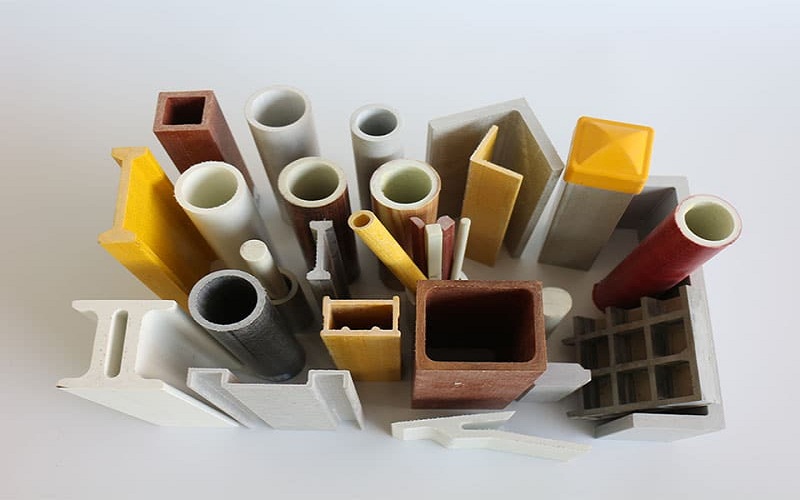It would be impossible to fathom what life would be like now if glassfiber reinforced polymers were not available. At the beginning of the 20th century, the substance was discovered for use in industrial applications; nevertheless, its first use was for the purpose of insulating residential buildings. As a result of the rapid development of additional uses, the material is now widely used in the construction, automotive, marine, and aerospace sectors.
Within the possibility of this post, we will see the mechanical properties of GRP profiles, and we will evaluate the distinctive qualities, benefits, and disadvantages associated with these profiles. In addition, we will reconnoitre the many apps that have been implemented across a extensive series of sectors, also renewable energy and construction, transportation, and manufacturing, with a particular focus on the unique solutions that GRP profiles have done it possible.
We will disclose the secrets underlying the many strength, durability, and corrosion resistance of GRP profiles as we begin on this information. Additionally, we will explain how the attributes of these profiles may be adjusted to suit the unique needs of various applications. In doing so, we will throw light on the tremendous potential of GRP profiles, exposing their position as a material that is capable of altering the game in the 21st century.
GRP Profiles: What Are They?
Engineered Composites’ inventory includes a significant amount of GRP Profiles, which are also referred to as pultruded GRP. GRP Beams, Box Section Profiles, and Flat Strip Profiles are some of the types of GRP profiles that we provide.
In order to give a more cost-effective alternative to steel, aluminium, and wood, GRP Profile makers use a highly sophisticated GRP formulation that offers exceptional erosion resistance and durability. Lightweight glass reinforced plastic (GRP) is appropriate for use in walkways, platforms, ladders, and railings. It is simple to install and does not need the use of heavy lifting equipment.
Made from glass reinforced isophthalic polyester resin with E glass fibre, a continuous strand mat, and a polyester surface veil as the surface layer, this product is manufactured.
There are numerous different types of GRP Profiles that they offer, such as GRP Box Sections, Flat Strips, U Channel, and Angle.
What are the characteristics of glass fiber reinforced plastics?
- Corrosion: The (GRP) substance is a material that has a strong resistance to corrosion. In addition to being resistant to the environment, water, and general quantities of acid and alkali, it is also resistant to salt, as well as a variety of oils and solvents. In the field of chemical anti-corrosion, it has been used extensively in every aspect. Many other materials, including carbon steel, stainless steel, wood, non-ferrous metals, and others, are being replaced by it.
- Lightweight and high strength: the relative density of fiber-reinforced plastic (FRP) is between 1.5 and 2.0, which is only 1/4 to 1/5 of carbon steel. However, the tensile strength of FRP is close to or even exceeds that of carbon steel, and its strength can be compared with that of advanced alloy steel. FRP is widely used in aerospace, high pressure vessels, and other products that need to reduce their own weight. When compared to traditional materials, these commercial glass fibre reinforced composites that were developed for core-build up shown a 10% improvement in their physical attributes.
Final words
As we conclude our exploration of the mechanical properties of GRP profiles, we hope that this article has provided valuable insights and practical applications for professionals and enthusiasts alike. By leveraging advanced testing methods, FRP Profile manufacturers and researchers can gain a deeper understanding of the mechanical properties of GRP profiles, ultimately leading to the development of high-performance materials that meet the demands of modern industries. As the use of GRP profiles continues to grow, it is essential to stay at the forefront of testing technology and methodology to safeguard the continued development of high-quality products that meet the needs of miscellaneous industries.



